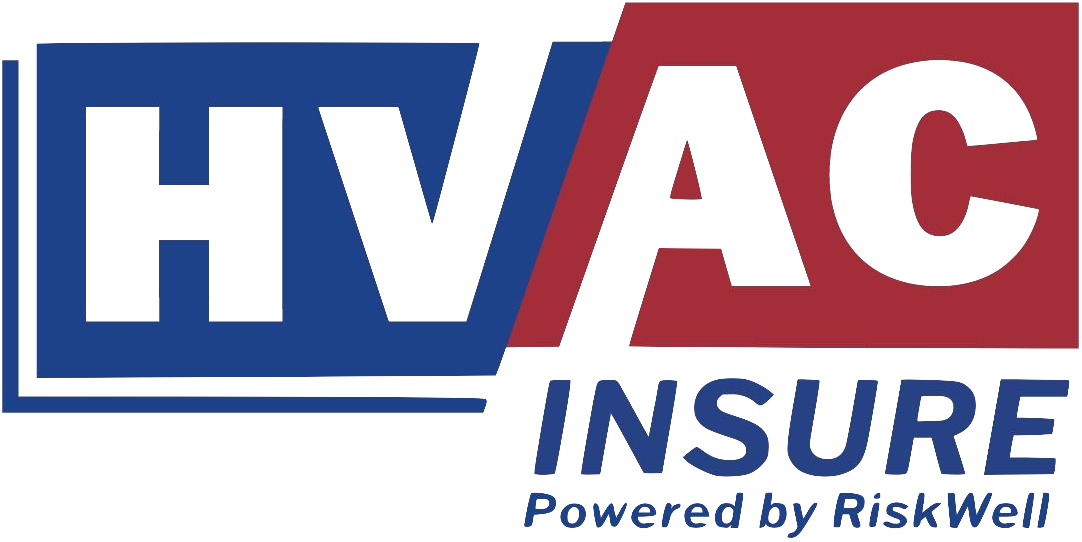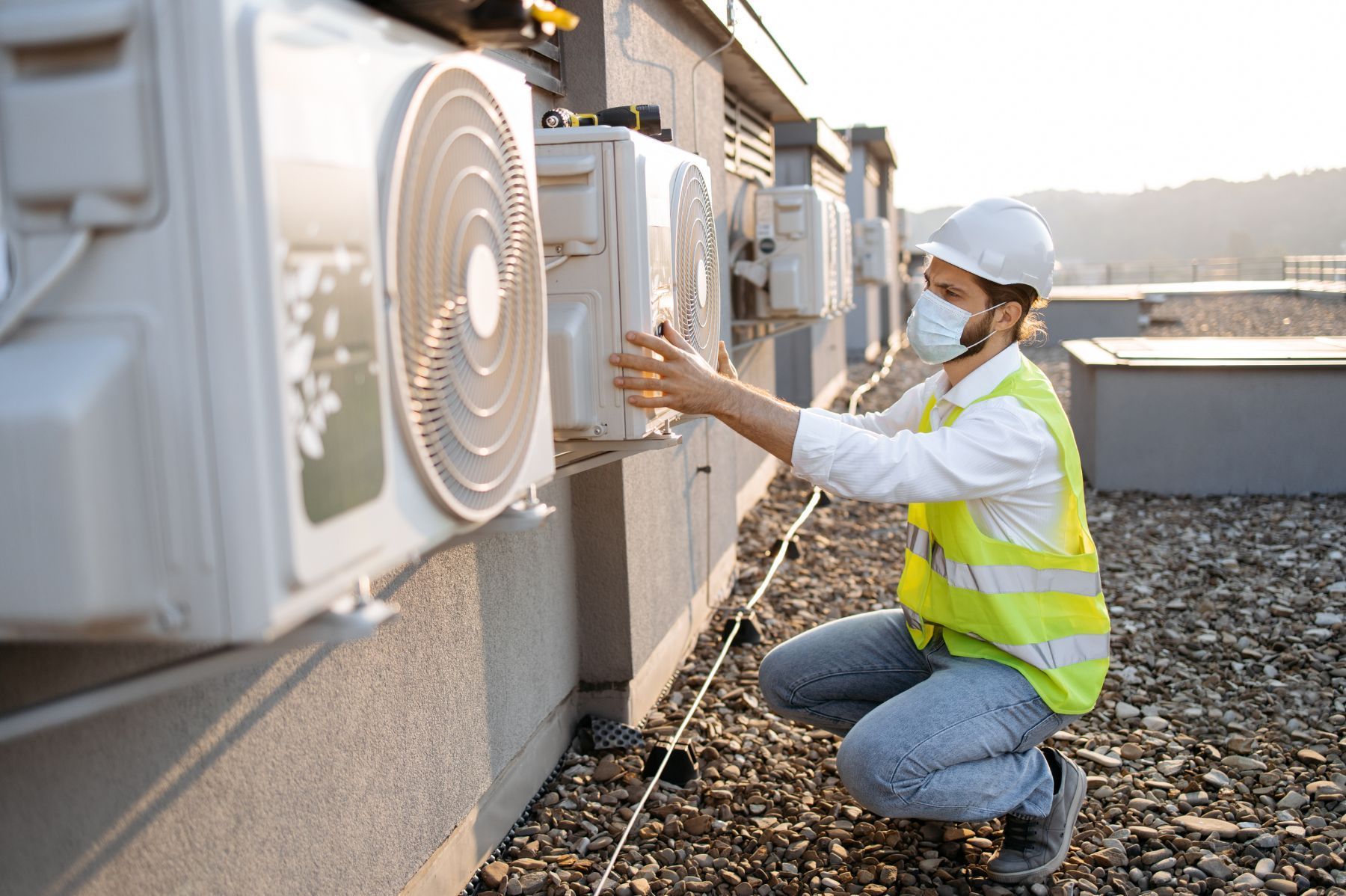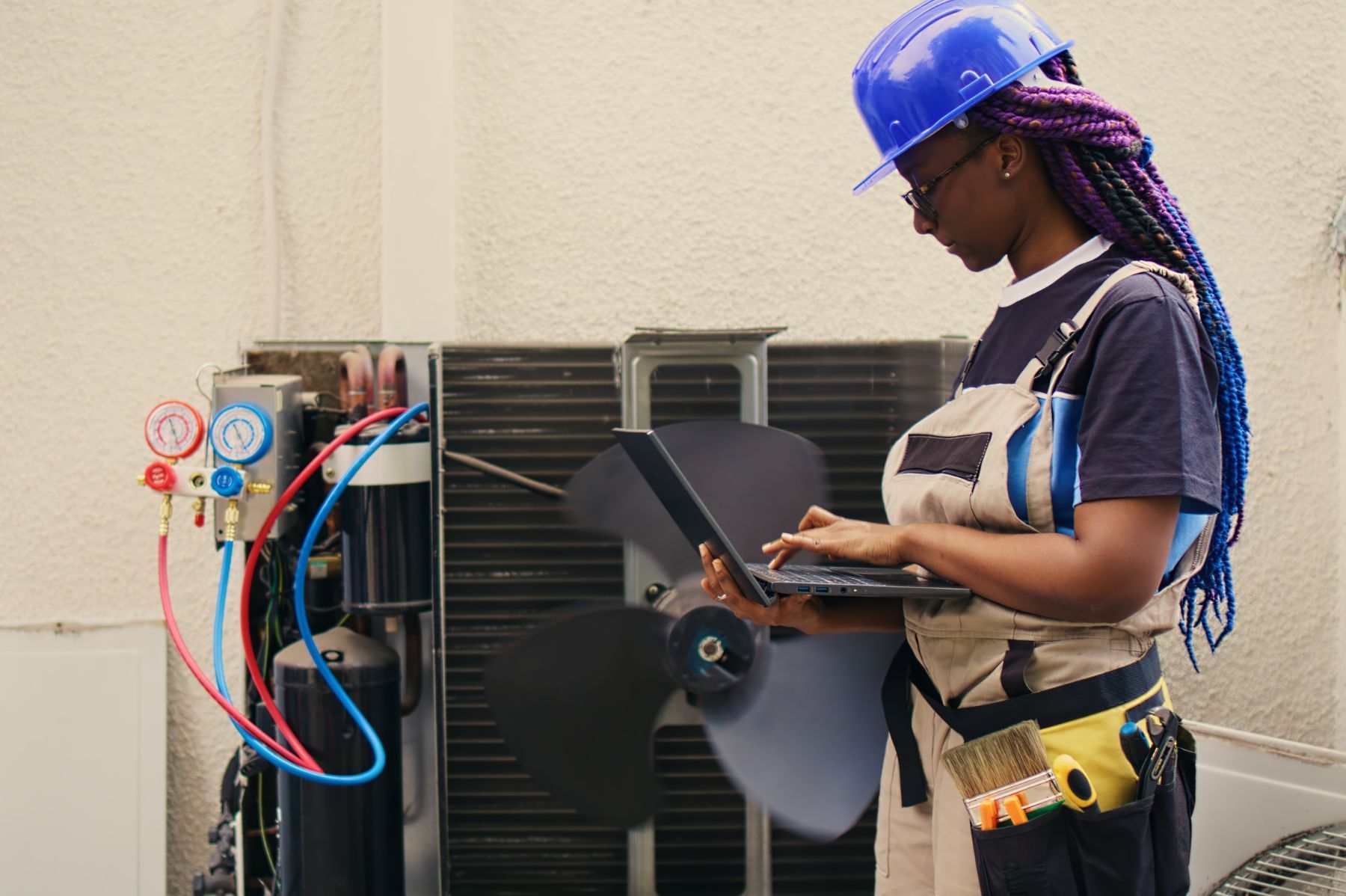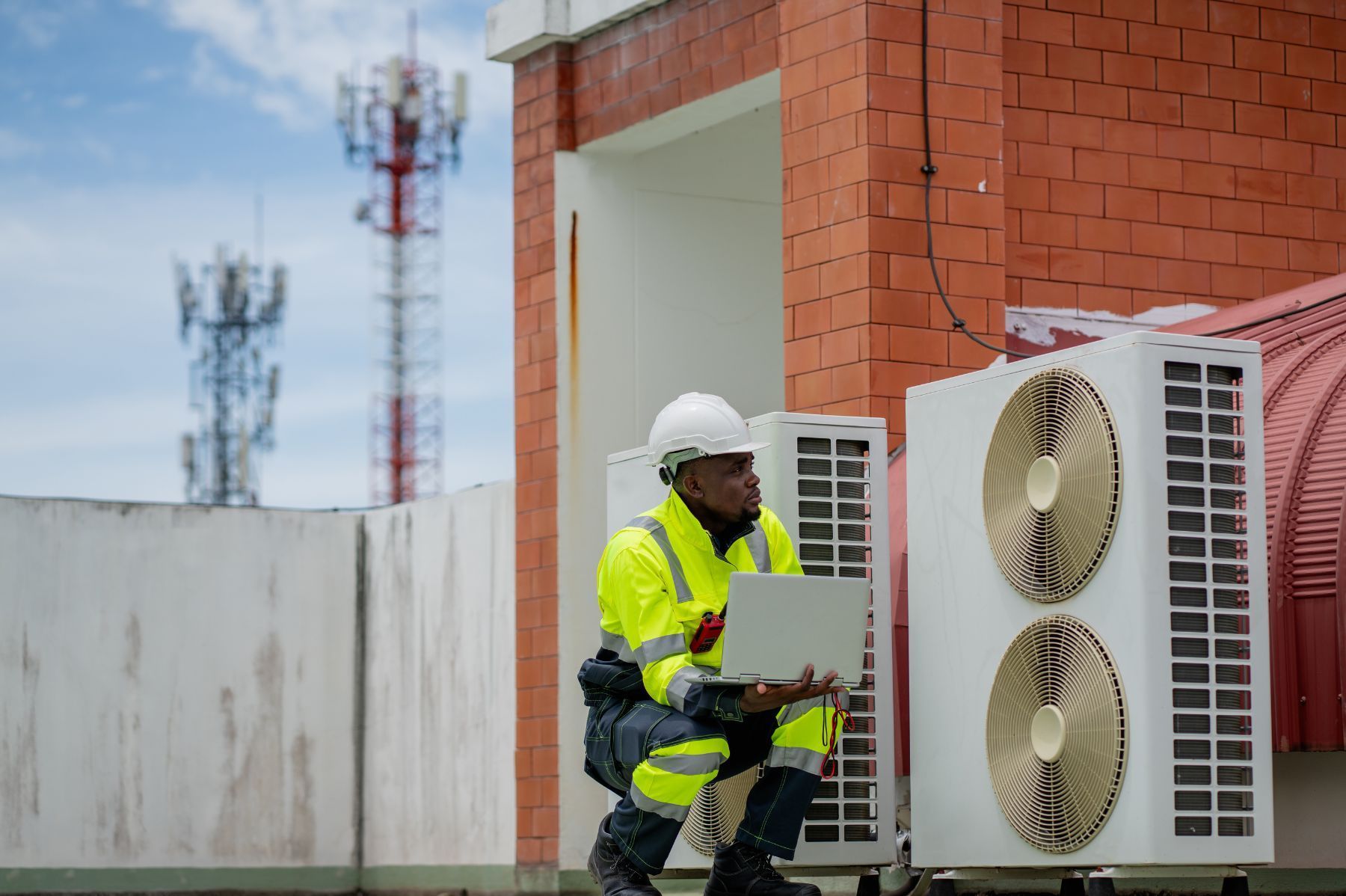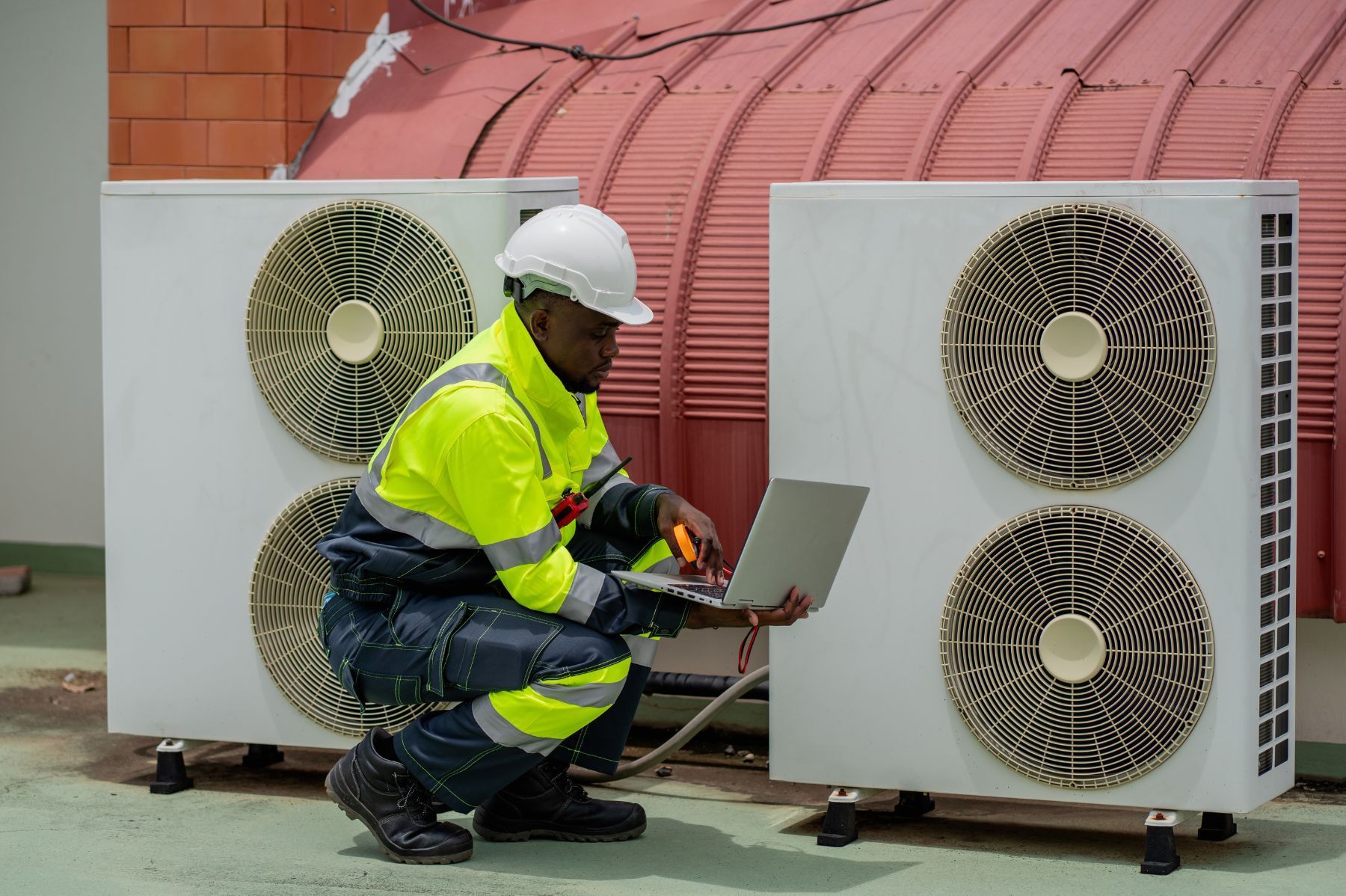How Seasonal Work Can Expose HVAC Businesses to Financial Losses
See How We're Different
or call us: (469) 678-8001

For HVAC contractors, the rhythm of the year dictates more than just the weather. It shapes revenue, insurance costs, and even the longevity of equipment. Seasonal fluctuations create a financial landscape that demands careful navigation. When emergency calls drop by nearly a third in September alone, the impact ripples through every corner of an HVAC business, from cash flow to insurance premiums. Understanding these seasonal dynamics is crucial for contractors aiming to stay profitable and protected year-round. HVACInsure.com highlights how these shifts directly affect insurance costs, making the stakes even higher.
Seasonal Revenue Swings and Their Effect on Insurance Premiums
HVAC contractors typically see their insurance premiums calculated as a percentage of their annual revenue, generally between 1.3% and 2.6%. This means that when revenue dips during off-peak seasons, the cost structure of insurance becomes more burdensome relative to income. For example, a 30% drop in emergency calls during shoulder months like September can translate into tighter margins, yet insurance premiums remain tied to the annual revenue figure. This disconnect can strain cash flow and complicate budgeting. Contractors often find themselves in a precarious position, needing to balance the costs of maintaining adequate insurance coverage against the reality of fluctuating income streams.
Insurance claims in the HVAC industry often range from $25,000 to $50,000 each, with over 25,000 incidents annually costing the sector more than $1 billion. Many of these claims are linked to seasonal work conditions, such as increased wear during peak periods or accidents caused by rushed repairs in busy months. These losses feed back into rising premiums, creating a cycle that HVAC businesses must manage carefully. FieldFactor’s analysis sheds light on how seasonal work amplifies insurance risks and costs. Furthermore, the impact of these claims can extend beyond immediate financial implications, affecting a contractor's reputation and customer trust, which are invaluable assets in a competitive market.
Why Seasonal Revenue Fluctuations Matter
Revenue swings affect more than just the bottom line. They influence how insurance carriers assess risk and set premiums. During high-demand seasons, increased workloads can lead to more accidents or equipment failures, which insurers anticipate by raising rates. Conversely, lower revenue in off-seasons does not necessarily reduce premiums proportionally, leaving contractors with high fixed insurance costs when cash flow is tight. This situation can force HVAC businesses to make difficult decisions, such as cutting back on essential services or delaying necessary equipment upgrades, ultimately impacting their operational efficiency and long-term growth potential.
Additionally, the cyclical nature of the HVAC industry means that contractors must be proactive in managing their insurance needs throughout the year. This might involve exploring alternative insurance products or seeking out specialized insurers who understand the unique challenges faced by HVAC professionals. Some contractors may also consider investing in risk management strategies, such as enhanced training for technicians or improved safety protocols, to mitigate potential claims and demonstrate to insurers that they are taking steps to reduce risk. By adopting a comprehensive approach to insurance and risk management, HVAC contractors can better navigate the complexities of seasonal revenue fluctuations while safeguarding their financial health.
Shoulder Seasons: The Quiet Threat to HVAC Business Stability
Shoulder seasons, those transitional months between peak heating and cooling demands, pose a unique challenge. In September, emergency calls drop by about 30%, a significant decline that can catch contractors off guard. This lull affects not only immediate revenue but also long-term business planning. The unpredictability of these shoulder seasons can lead to a rollercoaster of cash flow, making it essential for HVAC businesses to strategize effectively to weather these fluctuations.
Contractors often rely on the busy months to build reserves that cover slower periods. When shoulder seasons stretch longer or become more pronounced, maintaining steady revenue becomes difficult. This instability can lead to underinvestment in marketing, staff training, or equipment upgrades, all of which are vital for staying competitive. Moreover, the pressure to cut costs during these slower months can result in a diminished ability to respond to emergencies when they do arise, potentially harming customer relationships and brand reputation.
Beyond revenue, shoulder seasons can impact market share. With the national average HVAC repair and replacement season lasting roughly seven months, contractors must compete fiercely during peak times to secure customers. The U.S. Department of Energy notes how this seasonal window shapes contractor opportunities and risks. This competition is not just about pricing; it also involves showcasing superior service, innovative solutions, and the ability to meet customer needs promptly. As the market becomes more saturated, differentiating one's offerings becomes crucial to capturing and retaining clientele.
Adapting to Seasonal Demand
Smart contractors diversify services to smooth income across the year. This might include offering maintenance contracts, indoor air quality solutions, or energy efficiency upgrades during slower months. By doing so, they reduce reliance on emergency repairs and seasonal spikes, which helps stabilize revenue and insurance costs. Additionally, proactive outreach during shoulder seasons can educate customers about the benefits of regular maintenance and system upgrades, thus fostering a culture of preventative care rather than reactive fixes.
Furthermore, embracing technology can also play a pivotal role in navigating these shoulder seasons. Implementing smart home solutions and energy management systems not only enhances service offerings but also positions contractors as forward-thinking experts in the HVAC field. By leveraging data analytics, businesses can better predict demand trends and adjust their operations accordingly, ensuring they are prepared for both the peaks and the valleys of seasonal fluctuations. This technological integration not only improves efficiency but also enhances customer satisfaction, creating a win-win scenario for both contractors and their clients.
Seasonal Work and HVAC Equipment Performance
Seasonal fluctuations don’t just affect business finances; they also impact HVAC system longevity and performance. Residential HVAC units have an average lifespan of about 12 years, but poorly maintained systems often fail between years 8 and 10. Peak seasons put extra strain on equipment, accelerating wear and increasing the likelihood of breakdowns. Regular maintenance, including filter changes and system inspections, can extend the lifespan of these units significantly, allowing homeowners to maximize their investment and avoid costly replacements.
Heat exposure during summer months can reduce worker productivity and increase the risk of errors during installation or repairs. A study published in BMC Public Health found that 60% of construction workers exposed to heat experienced productivity loss, a factor that likely extends to HVAC technicians working in challenging conditions. Reduced productivity can lead to rushed jobs or mistakes, which in turn raise the risk of claims and costly rework. Moreover, the physical toll of working in extreme temperatures can lead to increased absenteeism, further straining the workforce during critical peak periods when demand is high.
Equipment Sales and Seasonal Trends
Seasonality also influences equipment sales. In 2023, sales of heat pumps declined compared to previous years, reflecting how seasonal demand affects purchasing decisions. When contractors face slow periods, they may push fewer high-ticket items, impacting overall revenue and market positioning. Opinion Dynamics’ report highlights this trend and its implications for HVAC businesses. Additionally, the rise of energy-efficient technologies has created a competitive landscape where contractors must stay informed about the latest innovations and consumer preferences. As homeowners become more environmentally conscious, the demand for high-efficiency systems may shift, prompting HVAC companies to adapt their sales strategies and inventory management to align with these evolving market trends.
Furthermore, the timing of promotional campaigns can greatly influence sales outcomes. Many HVAC companies strategically time their marketing efforts to coincide with seasonal changes, launching special offers on heating systems in the fall and air conditioning units in the spring. This proactive approach not only helps to stimulate demand but also fosters customer loyalty, as homeowners often appreciate the opportunity to save on essential home comfort equipment. Understanding these seasonal dynamics is crucial for HVAC businesses aiming to thrive in a competitive marketplace.
High Failure Rates and Financial Vulnerability in HVAC Businesses
Operating an HVAC business comes with inherent risks, and seasonal work patterns contribute to financial vulnerability. According to the Service Roundtable, about 20% of HVAC contractors eventually fail, and a staggering 70% of new HVAC businesses close within their first year. These figures underscore how challenging it is to maintain profitability in a market heavily influenced by seasonal swings. The HVAC industry is particularly susceptible to fluctuations in demand, with peak seasons for heating and cooling often leading to a surge in jobs that can quickly taper off, leaving businesses scrambling to fill the gaps during off-peak times.
Financial losses from seasonal work can compound these risks. When revenue drops unexpectedly, businesses may struggle to cover fixed costs like insurance, payroll, and equipment financing. This pressure can lead to cutting corners on maintenance or safety, which increases the likelihood of claims and further financial strain. Furthermore, the inability to predict customer demand accurately can result in overstaffing during peak months and layoffs during slower periods, creating an unstable work environment that can deter skilled technicians from joining or remaining with the company.
Managing Risk to Stay Afloat
Successful contractors invest in risk management strategies that account for seasonal variability. This includes maintaining adequate insurance coverage tailored to fluctuating revenue, implementing rigorous safety protocols during high-demand months, and planning cash flow to weather shoulder seasons. Awareness of these factors can mean the difference between thriving and closing shop. Additionally, diversifying service offerings can provide a buffer against seasonal downturns; for instance, offering maintenance contracts or emergency repair services can create a more stable revenue stream throughout the year.
Moreover, leveraging technology can enhance operational efficiency and customer engagement. Many HVAC businesses are now adopting software solutions that streamline scheduling, inventory management, and customer relationship management. These tools not only help in optimizing resources but also improve customer satisfaction by ensuring timely service delivery. By embracing digital marketing strategies, contractors can also reach potential customers during off-peak seasons, promoting preventive maintenance services that keep systems running efficiently and reduce the likelihood of costly repairs. In this way, HVAC businesses can build a more resilient model that withstands the pressures of seasonal fluctuations while fostering long-term client relationships.
Insurance Strategies for Seasonal HVAC Businesses
Given the direct link between revenue and insurance premiums, HVAC contractors must approach insurance strategically. Understanding how seasonal work influences claims and premiums allows for better budgeting and risk mitigation.
One approach is to work with insurers who understand the HVAC industry’s seasonal nature and can offer flexible premium structures or payment plans. Contractors might also consider policies that cover seasonal risks explicitly, such as equipment breakdowns during peak use or liability claims related to rushed repairs.
Additionally, documenting seasonal revenue patterns and safety measures can help when negotiating premiums. Demonstrating proactive risk management may lead to better rates or reduced deductibles.
Coverage Comparison Table
| Coverage Type | Typical Seasonal Impact | Key Benefits for HVAC Contractors |
|---|---|---|
| General Liability | Claims rise during peak seasons due to increased work volume | Protects against property damage and bodily injury claims |
| Equipment Breakdown | Higher risk during peak usage months | Covers repair or replacement of critical HVAC tools and machinery |
| Workers Compensation | Increased accidents during busy or hot months | Covers medical expenses and lost wages for injured employees |
| Business Interruption | Revenue loss during shoulder seasons or unexpected shutdowns | Compensates for lost income during downtime |
What HVAC Contractors Can Do to Mitigate Seasonal Financial Risks
Mitigating financial risks tied to seasonal work requires a multi-faceted approach. Contractors should start by analyzing their revenue cycles closely, identifying the months when cash flow is tightest. This insight allows for targeted strategies such as building reserves during peak months and diversifying service offerings.
Investing in preventive maintenance and employee training can reduce costly claims and equipment failures. Since many HVAC claims stem from conditions exacerbated by seasonal workloads, improving operational efficiency during busy periods pays off.
Finally, staying informed about market trends, such as the decline in heat pump sales, helps contractors adjust their business models proactively rather than reactively. This foresight supports steady growth even when seasonal challenges arise.
Before You Go
Seasonal work is a defining feature of the HVAC industry, but it does not have to be a financial trap. By understanding how revenue fluctuations affect insurance costs, equipment performance, and market share, contractors can make smarter decisions. Planning for shoulder seasons, investing in risk management, and selecting the right insurance coverage are critical steps toward long-term stability.
For HVAC businesses, the key lies in balancing the highs and lows of the year with strategies that protect both the bottom line and the workforce. Staying ahead of seasonal challenges means fewer surprises and more control over financial outcomes.
Frequently Asked Questions
Q: How do seasonal revenue changes affect my HVAC insurance premiums?
Q: What months are considered shoulder seasons for HVAC work?
Q: Can seasonal work increase the risk of insurance claims?
Q: What types of insurance should HVAC contractors focus on to manage seasonal risks?
Q: How can HVAC businesses maintain steady revenue during slow seasons?
Q: Why do many new HVAC businesses fail within the first year?
